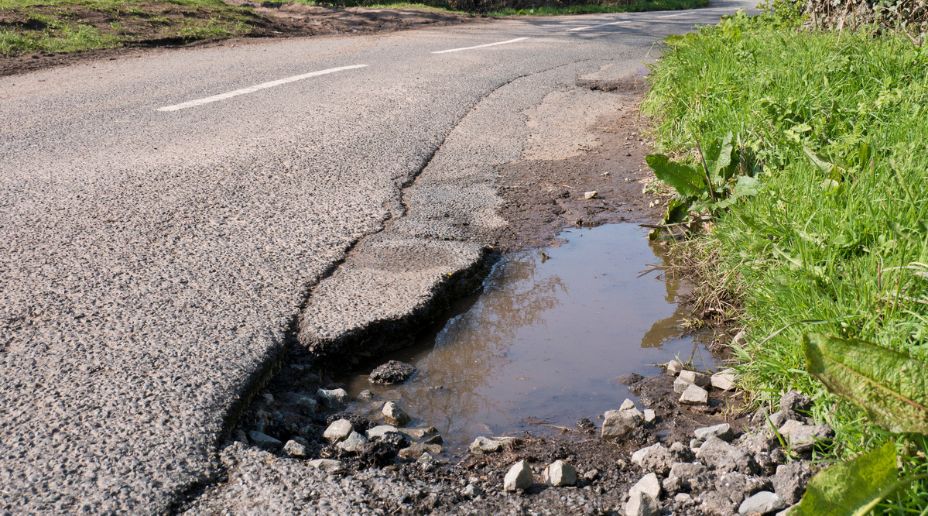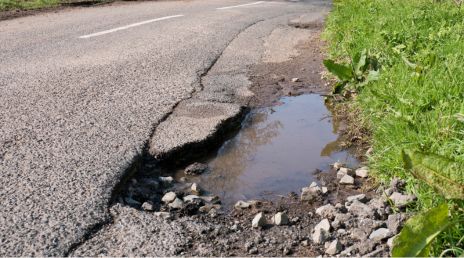Index linking is the amount applied to insurance policies by insurers, designed to safeguard the sum insured against changes in the economic environment. Reflecting inflationary changes and the cost of living, index linking helps to protect against underinsurance. For any customer finding themselves in this position it can be a surprise, especially when they realise they’re responsible for a percentage of the claims costs due to their asset not being insured for its full value.
Index linking is commonly used in buildings insurance to calculate the difference between the sum insured and a property’s rebuild value, which may be out of line if inflation and other economic factors such as the cost of living, rise.
It’s not, however, just limited to buildings. Changes and developments in the economic environment can affect the value of other assets as well, such as stock, materials, and parts.





























